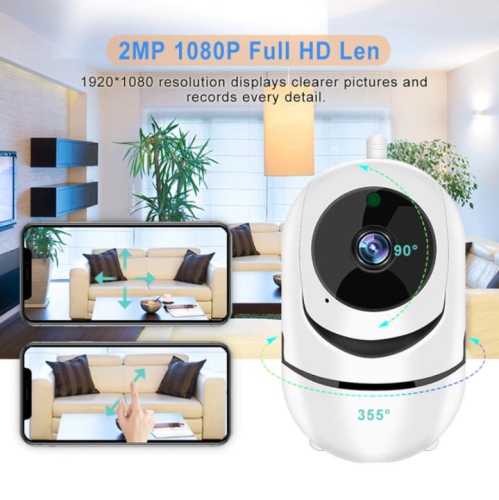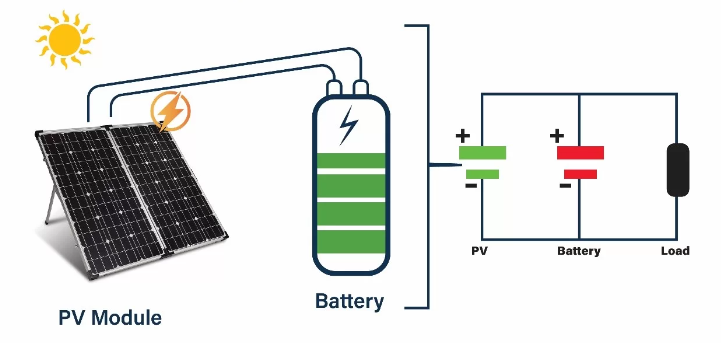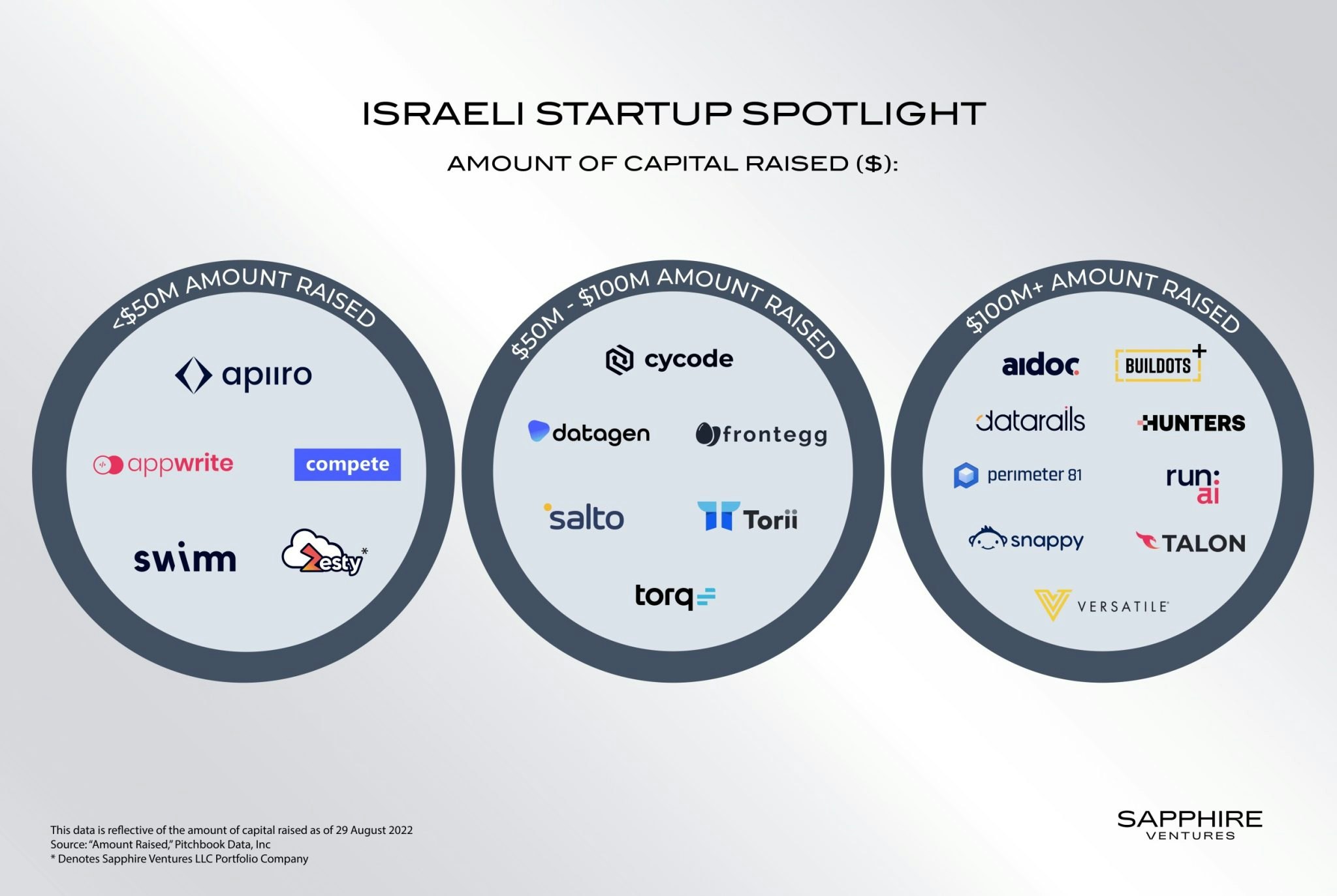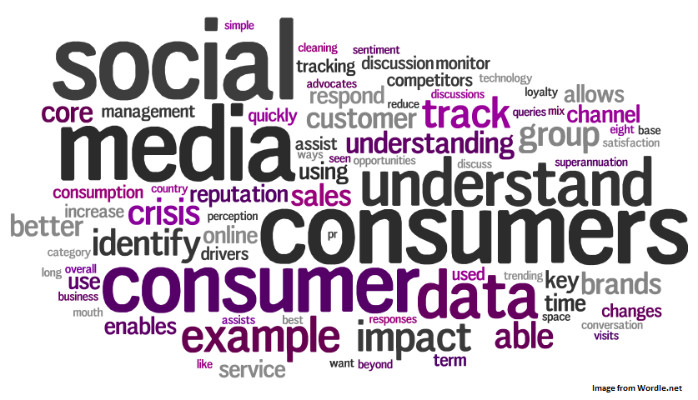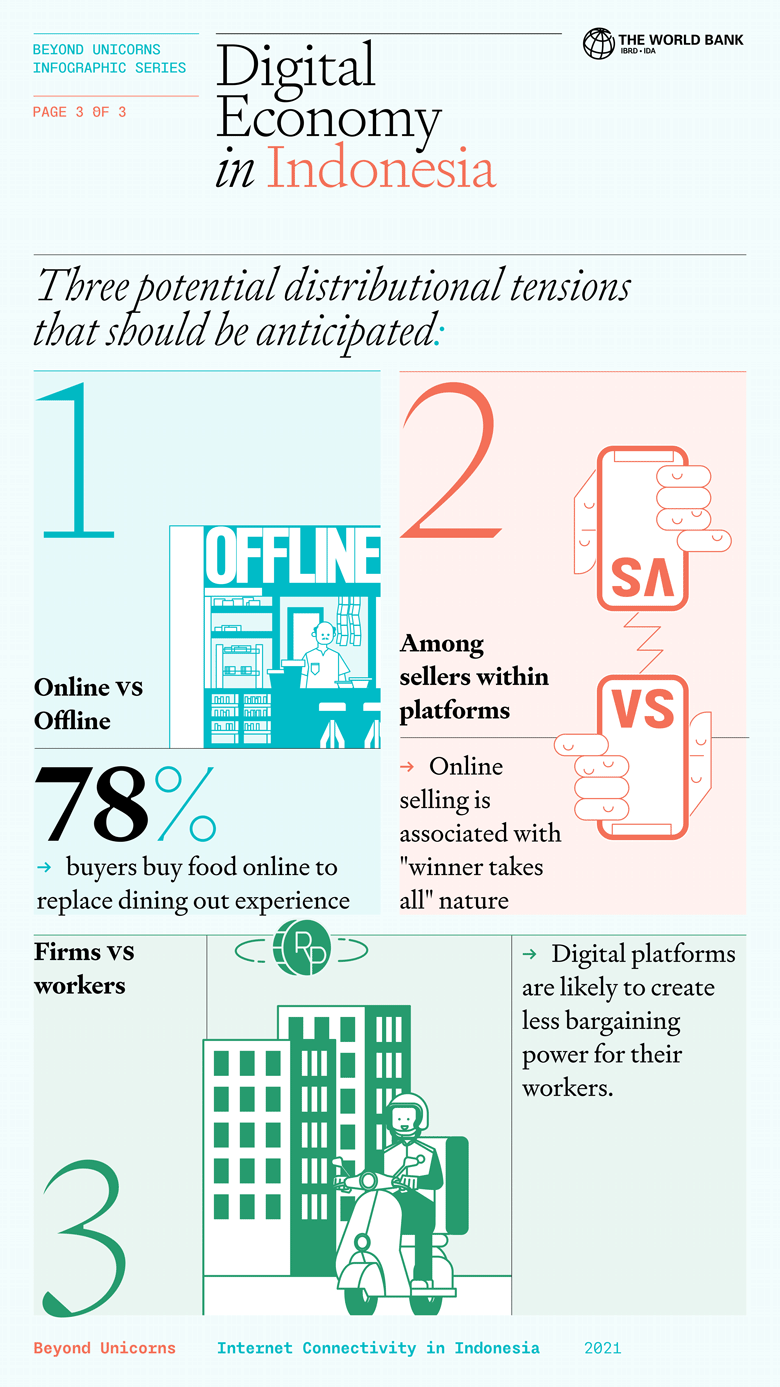Optimizing Solar Panel Efficiency: Proven Tips for Success
Optimizing Solar Panel Efficiency: Proven Tips for Success
Harnessing solar energy through photovoltaic systems has become a popular and sustainable choice for homeowners and businesses alike. To make the most of solar power, understanding and implementing efficiency tips are key. This article explores proven strategies to optimize solar panel efficiency and enhance the benefits of renewable energy.
Choosing High-Quality Solar Panels: The Foundation of Efficiency
The journey towards optimal solar panel efficiency begins with the selection of high-quality solar panels. Investing in reputable brands and ensuring the panels meet industry standards contributes to long-term efficiency and performance. Research and compare options to make an informed decision based on durability and efficiency ratings.
Optimal Placement for Maximum Sunlight Exposure: Sunlight is Key
The efficiency of solar panels is directly tied to the amount of sunlight they receive. Optimal placement is crucial to maximize sunlight exposure throughout the day. Install panels in locations with minimal shading and align them to face the sun’s path for extended periods. Regularly trim nearby vegetation to prevent shading.
Regular Cleaning and Maintenance: A Prerequisite for Efficiency
Solar panels are exposed to the elements, and dirt or debris accumulation can hinder efficiency. Regular cleaning and maintenance are prerequisites for optimal performance. Clean panels with a soft brush or sponge and mild detergent. Periodic inspections for any wear, tear, or damage should be part of your maintenance routine.
Investing in Solar Panel Tracking Systems: Following the Sun
Solar panel tracking systems enhance efficiency by adjusting the angle and direction of the panels to follow the sun’s movement. While these systems require an initial investment, they can significantly increase energy yield by ensuring panels are always positioned for maximum sunlight absorption.
Optimizing Inverter Performance: The Heart of Solar Systems
Inverters play a crucial role in converting solar energy into usable electricity. Opt for high-efficiency inverters to maximize energy conversion. Regularly monitor inverter performance and promptly address any issues to ensure the overall efficiency of your solar power system.
Implementing Energy Storage Solutions: Enhancing Utilization
Energy storage solutions, such as batteries, allow you to store excess energy generated during peak sunlight hours for later use. This not only provides a consistent power supply during non-sunny periods but also enhances overall system efficiency by reducing dependence on the grid.
Embracing Smart Home Technologies: Efficient Consumption
Smart home technologies can contribute to optimizing solar panel efficiency by enabling more efficient energy consumption. Implement energy-efficient appliances, smart thermostats, and lighting systems to reduce overall energy demand, making the most of the electricity generated by solar panels.
Participating in Solar Incentive Programs: Financial and Environmental Benefits
Many regions offer incentive programs to promote solar energy adoption. Explore available solar incentives, tax credits, or rebates to offset initial costs and accelerate the return on investment. Taking advantage of these programs can make solar energy a financially viable and environmentally responsible choice.
Monitoring and Analyzing Energy Production: Data-Driven Optimization
Implementing monitoring systems allows you to track and analyze the energy production of your solar panels. Utilize





